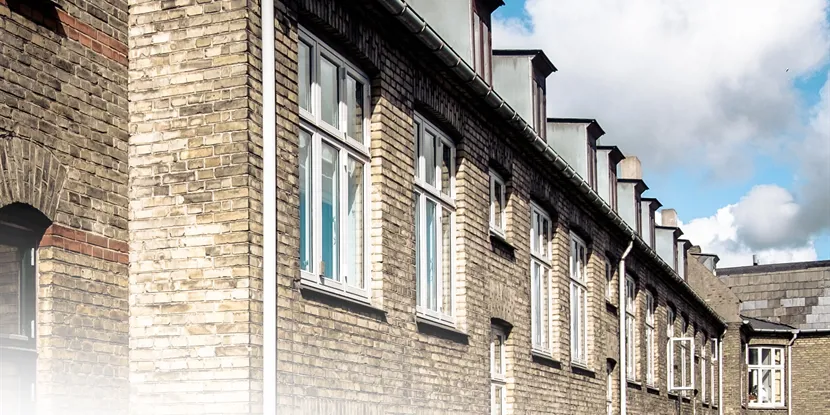Can you paint a leased buildings outside walls?

Can You Paint a Leased Building's Outside Walls?
In the dynamic world of real estate, leasing remains one of the most preferred options for businesses and individuals alike. Leased properties often serve as commercial spaces, residential areas, or even temporary setups. However, a common dilemma tenants face relates to the extent of alterations they can make to the property, particularly when it comes to painting the exterior. Let's delve into this topic, shedding light on rights, responsibilities, and best practices.
Understanding Tenant Rights and Responsibilities
A lease agreement isn't just a document that allows you to occupy a space—it defines the scope of what you can and cannot do. As a rule of thumb, unless explicitly mentioned in the lease, any significant alteration to the property, including painting, requires the landlord's consent.
Example: Take the case of 'XYZ Enterprises,' which rented a storefront in a bustling market area. The exterior, painted a muted beige, blended seamlessly with the neighboring units. However, to stand out, the company wished to repaint the exterior in their vibrant brand colors. Before they could proceed, they needed to consult their lease agreement and the landlord.
What Are the Rules of Painting a Rental Property?
1. Review the Lease Agreement
Always begin by reviewing your lease. The document usually contains clauses about property modifications. If the lease explicitly states that painting is allowed, you can proceed, keeping in mind the specified parameters.
2. Seek Landlord's Approval
In instances where the lease is silent about painting, or if it's ambiguously stated, always seek written permission from the landlord. This not only avoids potential disputes but also clarifies any conditions the landlord might impose.
3. Adhere to Community Standards
Some properties, especially in gated communities or commercial complexes, have standardized exterior aesthetics. In such cases, even with the landlord's approval, tenants must adhere to these community color schemes or guidelines.
4. Quality Matters
When permitted to paint, ensure the use of quality materials and professional services. A shoddy paint job can reduce the property's appeal and potentially its value, leading to disputes during or after the lease term.
Should Adjustments Like Painting Be Included in the Lease Agreement?
Absolutely. It's beneficial for both landlords and tenants to have a clear understanding from the outset.
1. Clarity for Both Parties
Having painting and other modifications clearly addressed in the lease avoids ambiguity. It ensures both parties are on the same page, reducing the potential for misunderstandings.
2. Protects the Property's Integrity
By setting standards for modifications in the lease, landlords can ensure the property's integrity and aesthetics are maintained. This can be crucial for preserving or even enhancing the property's value.
3. Defines Restoration Clauses
Sometimes, landlords permit alterations with the condition that the tenant will restore the property to its original state upon lease termination. This is particularly common with unique or vibrant paint colors that might not appeal to a wide audience. Explicitly stating this in the lease provides a clear roadmap for both parties.
Example: 'ABC Boutique' leased a space in a historic part of the city. They were permitted to paint the exterior in a contemporary shade, under the condition that they'd restore the original hue at the lease's end. This agreement was documented, ensuring no conflicts arose when the lease concluded.
Conclusion
While a leased property offers many advantages, it comes with its set of limitations and responsibilities. Painting the exterior of a leased building may seem like a straightforward endeavor, but it's entangled with various factors, primarily lease agreements and the landlord's discretion.
For tenants, it's essential to understand their rights, be proactive in seeking permissions, and ensure any alterations align with community and property standards. Landlords, on the other hand, can protect their investment by clearly defining the scope of permissible modifications in the lease.
In the ever-evolving real estate landscape, mutual respect, clear communication, and a comprehensive lease agreement stand as pillars for harmonious landlord-tenant relationships.






